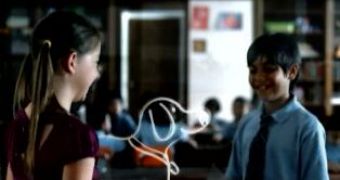Welcome to the future, the Microsoft future, that is, as seen today. The video embedded at the bottom of this article will offer you an insight into how Microsoft sees the world in just a decade from now. The video was featured at the Wharton Business Technology Conference, during the presentation of Stephen Elop, president of the Microsoft Business Division, at the end of the past week in Philadelphia. It might seem nothing more than utopic, but the fact of the matter is that the Redmond company has all the reasons in the world not only to demo the video but also to estimate that it will take just 10 years for it to become reality. This because the software giant is already prototyping all the future products featured in the video via its Microsoft Research division.
“Our vision is to fundamentally reimagine productivity. During this time of great economic, demographic, and technological upheaval, it would be very easy to hunker down and wait for the storms to pass. But history tells us that those who hunker down risk being swept away by those very storms. Therefore, at Microsoft, we have chosen a different path, a path that intends to drive some of the greatest advances in innovation and productivity the world has yet seen. Each of you faces exactly the same decision, you can hunker down or you can step forward and show leadership through these times. For those of us who choose to lead, we will emerge from this difficult period having earned the right to define the next chapters in our history,” Elop stated.
Even in the context of the global economic downturn, Microsoft plans to spend no less than $9 billion on research and development by the end of 2009 alone. The company hopes that investments in R&D in a time of economic uncertainty will help drive its success once the crisis will be over. And Microsoft is indeed investing heavily in technologies involving Natural User Interfaces, be them interactive vertical walls or school blackboards via Touch Wall and the Plex software, or 3D surfaces, or the Windows client. But there are additional examples of technologies, including a digital newspaper, which, according to Elop are all explored in Microsoft Research.

 14 DAY TRIAL //
14 DAY TRIAL //